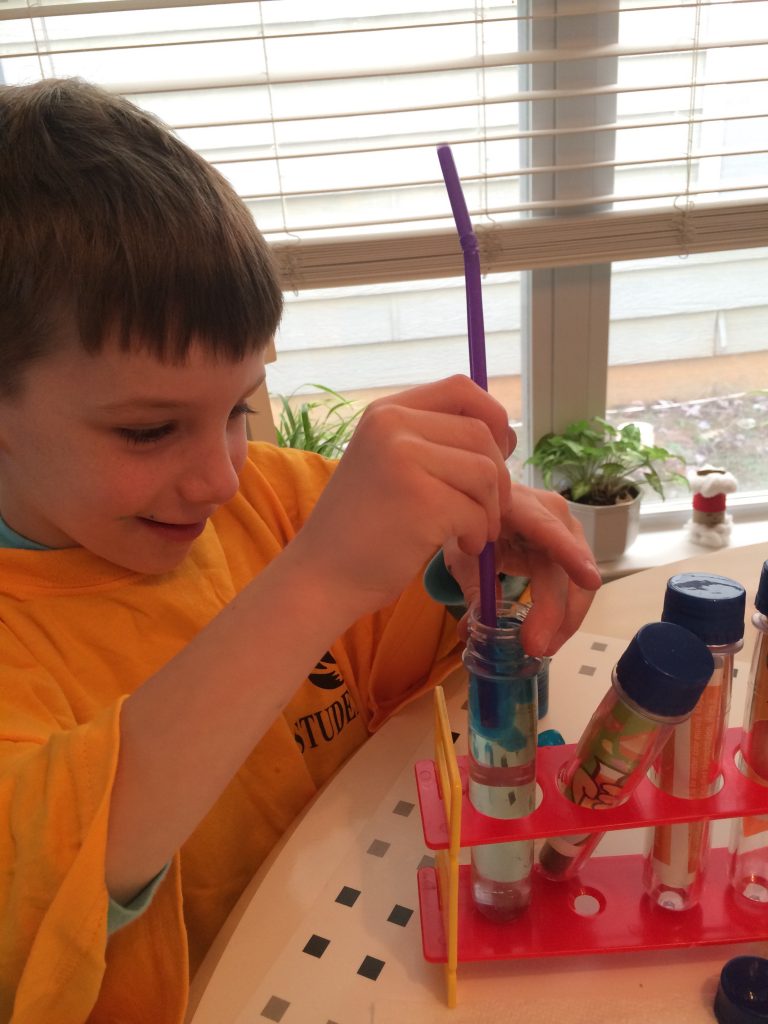Imagination is the action of forming new ideas. It differs from facts and conceptual information. However, imagination and facts complement each other.
Imagination provides learning with a foundation for a student to think beyond the basics. It enhances the motivation to learn. It also provides them with ownership of their learning through basics. As students gain knowledge, imagination grows. An imaginative student takes risks. Thus, they state opinions based on knowledge rather than just stating facts.
Imaginative thoughts help students develop problem-solving skills needed as adults. According to Albert Einstein, “Imagination is more important than knowledge. For knowledge is limited, whereas imagination embraces the entire world, stimulating progress, giving birth to evolution. Logic will get you from A to B, but imagination will take you everywhere.”
Imagination
Students need to create images in their minds. Thus, the ability to create is the most undervalued and underused learning tool in education today. Some educators refer to imagining as ‘daydreaming’. However, the student is simply picturing something more interesting to them rather than the lesson at hand.
Recess and creative time during the school day help the imagination of students. Teachers also implement imagination during reading class as students close their eyes and imagine a picture of a passage they read. This helps students become better readers. It also ignites ideas for other subjects.
Fiction or Nonfiction Books
Reading fiction is how students learn through imagination. Nonfiction is how students learn through facts. Fiction takes students through an imaginative world and nonfiction gives students the reality of people and places.
Whether students read fiction or nonfiction books provides students with vocabulary. As students read, they internalize word meanings and understand proper word usage.
Students gain benefits from reading fiction and using their imagination.
- Fiction helps students learn to interpret and infer.
- Reading fiction engages creativity. This is a skill that needs to be taught. It provides a different way to think.
- Fiction builds empathy. It challenges stereotypes and challenges misconceptions.
- Socialization grows with reading fiction. Books teach students how to make friends and how to react in various situations.
Students also gain many benefits from reading nonfiction.
- Life’s lessons come through fiction such as biographies.
- A student’s concentration improves through nonfiction books. They improve focus.
- The knowledge gained improves communication skills.
- Nonfiction gives the brain exercise. It improves memory and analytical thinking.
- Students get smarter.



